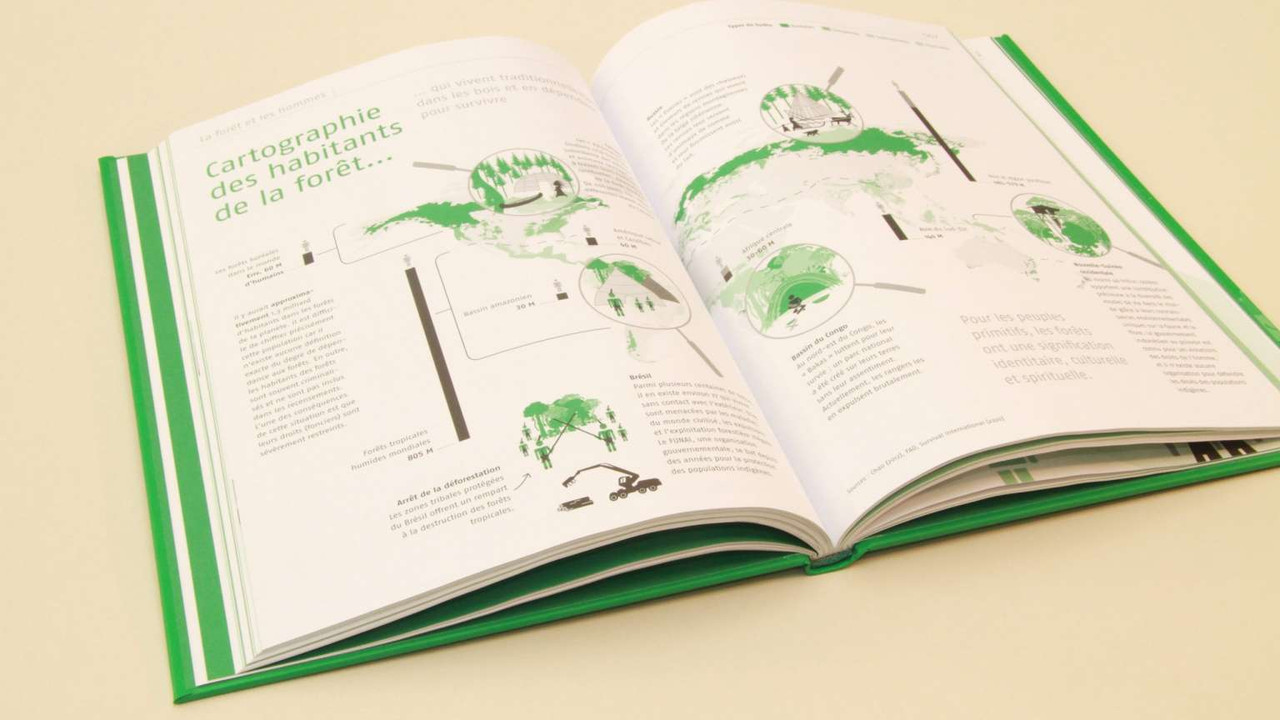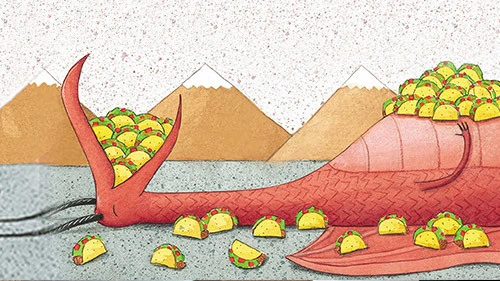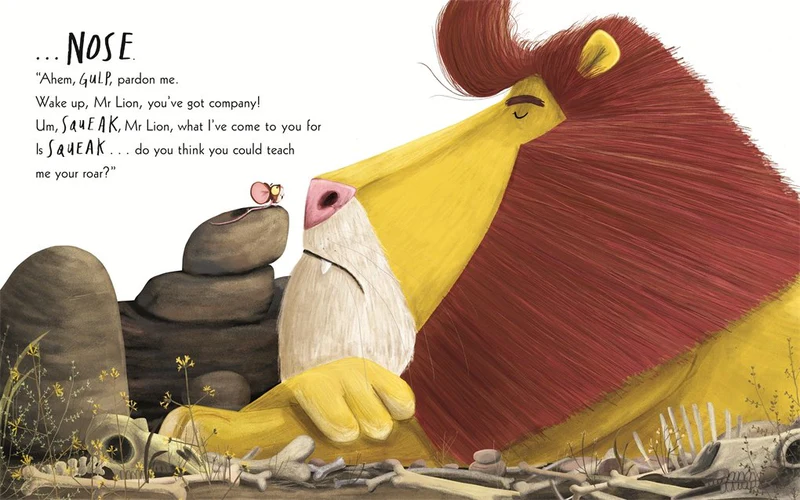How To Stay Sustainable With Producing Paper Books?

How To Stay Sustainable With Producing Paper Books? Examining environmentally friendly book printing demonstrates the significant influence the publishing industry has on the environment. Offices consume a lot of paper—more than 9.9 million tons are used annually in the UK alone. Eco-friendly techniques are essential for reducing waste and conserving resources. This manual will offer advice on how to change things.
Recognizing the Effects of Book Production on the Environment

The environmental impact of book production is significant. Approximately 32 million trees are used annually by the US publishing business. Interest in green book publishing has increased as a result. Eco-friendly production techniques and sustainable paper are being investigated by many.
The necessity to become green is demonstrated by a few statistics. For example, the global book industry emits more than 40 million metric tons of CO2 per year. Additionally, it removes more than 125 million trees annually. Additionally, 14% of greenhouse gas emissions come from transporting books to retailers.
Read Also: Who Was The Author Who Won The Children's Book Award?
The Development of Eco-Friendly Book Publishing
The publishing industry is expanding, and using environmentally friendly printing techniques for books is essential to reducing its negative effects. In June 2023, the European Union Deforestation Regulation (EUDR) went into effect. It forced publishers to reconsider their strategies and launch environmentally friendly book production projects. Books have a significant impact on our environment, thus this reform is essential.
There is a rising push to manufacture paper books in an environmentally friendly manner. Penguin Random House, for instance, aims to achieve carbon neutrality by 2030. Over 10,000 tons of emissions have already been reduced annually. By 2025, Oxford University Press intends to utilize only sustainable paper.
Making book publishing more sustainable involves several key actions, such as:
- Making use of biodegradable inks and recyclable paper
- Putting into practice sustainable binding techniques
- Cutting back on greenhouse gas emissions and energy utilization
Choosing Sustainable Paper Sources

Examining sustainable paper sourcing demonstrates its significance for the publishing industry. Selecting environmentally friendly paper lessens the damage the sector causes to the environment. Making this decision is essential to protecting the environment and reducing our carbon footprint.
There are several advantages to using ecological paper. It reduces greenhouse gas emissions, water usage, and energy utilization. For instance, compared to new paper, recycled paper consumes 70% less greenhouse emissions, 50% less water, and 40% less energy. A significant step in the direction of greener publishing is this action. How To Stay Sustainable With Producing Paper Books?
There are several possibilities for environmentally friendly paper. Here are several examples:
- Well-managed forests are guaranteed to produce paper that has earned the FSC certification.
- Paper that has been recycled reduces trash and its impact on the environment.
- Plant-based fibers, for example, provide a more environmentally friendly option.
How to Produce Paper Books in a Sustainable Way: Crucial Procedures
Sustainability is crucial in the rapidly expanding publishing sector. We must employ environmentally friendly book printing techniques because it uses a lot of paper. Many resources may be saved by using recycled paper rather than new paper.
One ton of carbon emissions can be reduced by using recycled paper. Additionally, it utilizes 4,100 kilowatts less electricity and conserves 7,000 gallons of water.
Using sustainable book production processes is another crucial step. Using post-industrial waste (PIW) and post-consumer waste (PCW) is part of this. These techniques reduce waste and increase the value of recycling.
Advantages of Eco-Friendly Printing Technologies
The benefits of sustainable printing are numerous.
- Reduced waste because of digital printing and post-consumer recycling materials
- Reduced emissions as a result of not overproducing
- Utilizing eco-friendly methods improves brand perception and confidence.
- At the forefront are businesses such as Mohawk Fine Papers. They reduce emissions by using wind energy, which is equivalent to driving 138 million miles. Businesses may lessen their environmental impact by turning green. Additionally, they draw clients who favor environmentally responsible goods.
You May Also Like: Atticus Ebook Formatting Censorship And Nsfw Books
Handling the Sustainability of the Supply Chain
As a publisher, I am aware that reducing the environmental damage caused by book production requires sustainable supply chain management. Utilizing environmentally friendly book production techniques reduces waste and lowers carbon footprint. The Book Industry Study Group (BISG) identifies a number of variables that affect publishing sustainability.
The following are some essential tactics for supply chain sustainability management:
- Choosing vendors who practice environmental responsibility
- Improving logistics and transportation
- Putting in place effective inventory control systems
- These tactics can help publishers reduce their environmental effect. This also reduces expenses and increases efficiency. Environmentally conscious book production benefits businesses and the environment. It's a competitive advantage, as 60% of consumers are more willing to how to stay sustainable with producing paper books?
Cutting Down on Waste in the Writing of Books
We must reduce waste in the book-making process. A fantastic method for doing this is print-on-demand. This implies that we only publish books in response to requests. This reduces waste by as much as 50%.
Additionally, it promotes green book publishing and benefits the environment.
Effective inventory control is also essential. Publishers shouldn't have too much inventory. This prevents books from being discarded. Additionally, it conserves resources.
Book recycling is an additional crucial step. It conserves electricity and water, reduces pollution, and protects trees.
- Preservation of energy, water, and forests, among other natural resources
- reduction of pollutants and greenhouse gas emissions
- Encouragement of sustainable book manufacturing methods and environmentally friendly book printing
- We contribute to the greener book business by concentrating on waste reduction. Both the industry and the environment gain from this.
Industry Standards and Certification
As I look into sustainable book publishing, I notice how important standards and certifications are. Reducing the environmental damage caused by book production requires eco-friendly production standards. The accreditation from the Forest Stewardship Council (FSC) is significant. It ensures that paper originates from responsibly managed forests.
The following are some of the industry's leading certifications and standards:
1% For The Planet: Businesses are required to donate 1% of their earnings to environmental causes.
Bluesign: It protects the environment by limiting dangerous chemicals in textiles.
Council for Forest Stewardship: In order to promote sustainable management, it prevents overharvesting in forests.
Reducing the carbon footprint of book production is largely dependent on these environmentally friendly book manufacturing standards and sustainable book publishing certifications. Publishers may reduce their environmental impact by choosing certified paper and employing eco-friendly practices.
To sum up, standards and certifications are essential to green book publishing. Publishers may promote a brighter future and aid the environment by implementing ecologically responsible book manufacturing techniques and eco-friendly book production standards.
Prospects for Sustainable Book Production in the Future

There will be significant changes in the book publishing industry in the future. Trends in environmentally friendly book creation will set the standard. This involves utilizing print-on-demand (POD) printers with local, next-generation paper sources. It's an effort to reduce waste and strengthen regional economies.
There will be new green book production concepts soon. Publishers predict that more books will be written using biodegradable and repurposed materials. Additionally, digital printing will become more prevalent, making printing more effective and environmentally friendly.
Key developments in sustainable book production include the following:
- Utilizing more biodegradable and recyclable materials
- Using digital printing technology
- expansion of print-on-demand (POD) printers with a regional focus
- creation of fresh, environmentally sustainable paper sources
- With these adjustments, book production will be more environmentally friendly. We'll see even more inventive solutions as consumers want more environmentally friendly books. This will ensure that sustainable book publishing has a bright future.
In conclusion
Thinking about environmentally friendly book creation gives me optimism. The publishing industry is taking significant action to reduce its negative environmental effects. The future is becoming more environmentally friendly. We can reduce the carbon footprint of book manufacture by concentrating on sustainable book publishing.
The data indicates that the publishing business has to take action. The book industry has to become more ecologically conscious. Using new printing technology and enhancing supply chains will help us achieve this. Together, readers, publishers, and authors may significantly impact the earth.




